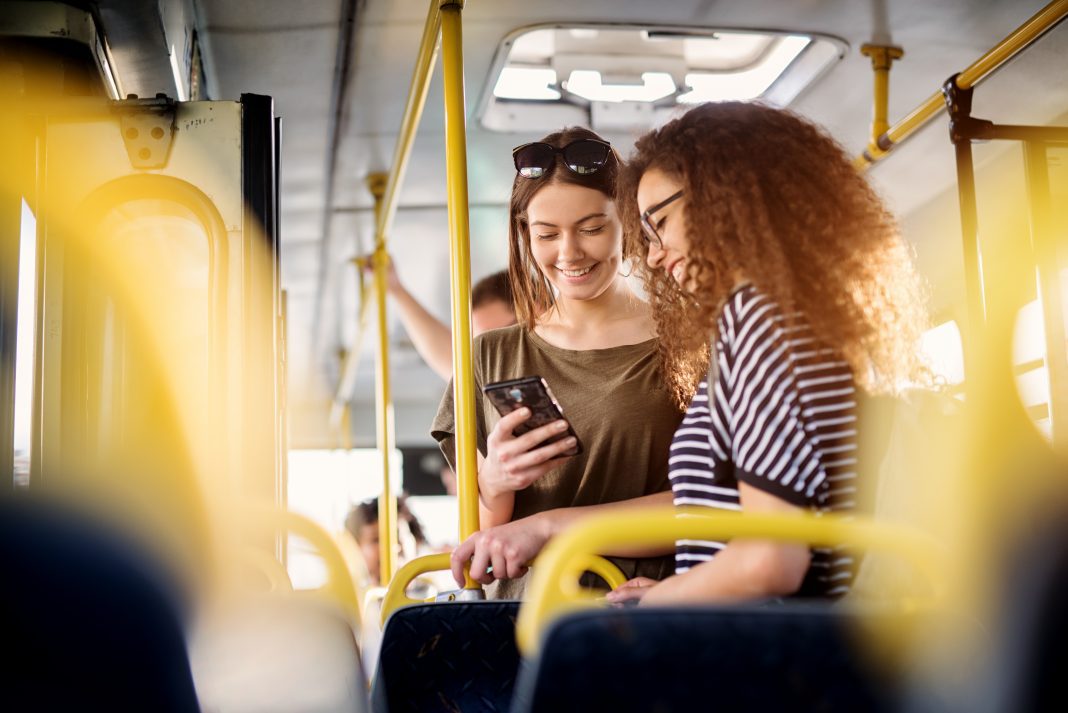Last Friday, Democrats in the U.S. House of Representatives unveiled a $547 billion proposal that would be allocated to surface transportation, including improvements to damaged infrastructure and various clean energy initiatives. While most of the money in the proposed bill would fund the repair of roads and bridges throughout the country, some would be dedicated to passenger rail improvements and eco-friendly solutions.
Peter DeFazio of the Transportation and Infrastructure Committee wrote that the bill would be a “once-in-a-generation opportunity to move our transportation planning out of the 1950s and toward our clean energy future.” The committee has named the bill the “Investing in a New Vision for the Environment and Surface Transportation in America,” or the INVEST in America Act for short. The committee has plans to meet on Wednesday to discuss the bill along with any potential changes.
As the proposal stands, $343 billion would be spent on safety upgrades, bridges, and roads. Another $109 billion would be dedicated to transit matters, and $95 billion would help fund rail transportation. This includes allocating three times the amount of funding currently given to Amtrak, but would also require Amtrak to annually save 2.5% of this funding to “enhance the passenger experience.”
Part of the proposed legislation also includes $4 billion for electric vehicle (EV) charging technologies. It also includes obtaining grants totaling $4.1 billion that would go towards the purchase of electric public transportation buses, especially in areas where bus transportation conditions and operations have severely deteriorated.
It is unclear if the proposal, which is over 1,200 pages, will distribute any funding to dealerships to help pay for the transition to EVs such as high-speed charging stations that will be required as the auto industry continues the push to electrification and more EVs are being featured and sold. Last week, BMW said it will be funding such costs through the existing “Cost Per Vehicle” fund that dealers all pay into with each order they submit.
Both parties agree that transportation improvements need to be made, but House Republicans unhappy with the proposal are calling it the “My Way or The Highway” bill and say it focuses too much on green energy and not enough on “real infrastructure improvements” that the U.S. needs. There is also the question of where the funding would come from, and the committees who determine that have not provided input on the matter.
As clean energy legislations continue to pass at the state and federal levels, dealerships will have to adjust accordingly. Providing more funding towards electric vehicles and clean energy initiatives will likely need to be put in place. This includes advertising various tabil credits that electric vehicle customers may be eligible for and possibly offering incentives themselves.
While the currently proposed legislation is likely to also encourage alternative forms of transportation including trains, buses, and bicycles, if roads and bridges are improved, more people may feel a stronger sense of safety and could be willing to purchase new or used vehicles to get back on the road.
Did you enjoy this article from Kimberly Hurley? Please share your thoughts, comments, or questions regarding this topic by submitting a letter to the editor here, or connect with us at newsroom@cbtnews.com.
Be sure to follow us on Facebook and Twitter to stay up to date or catch-up on all of our podcasts on demand.
While you’re here, don’t forget to subscribe to our email newsletter for all the latest auto industry news from CBT News.








